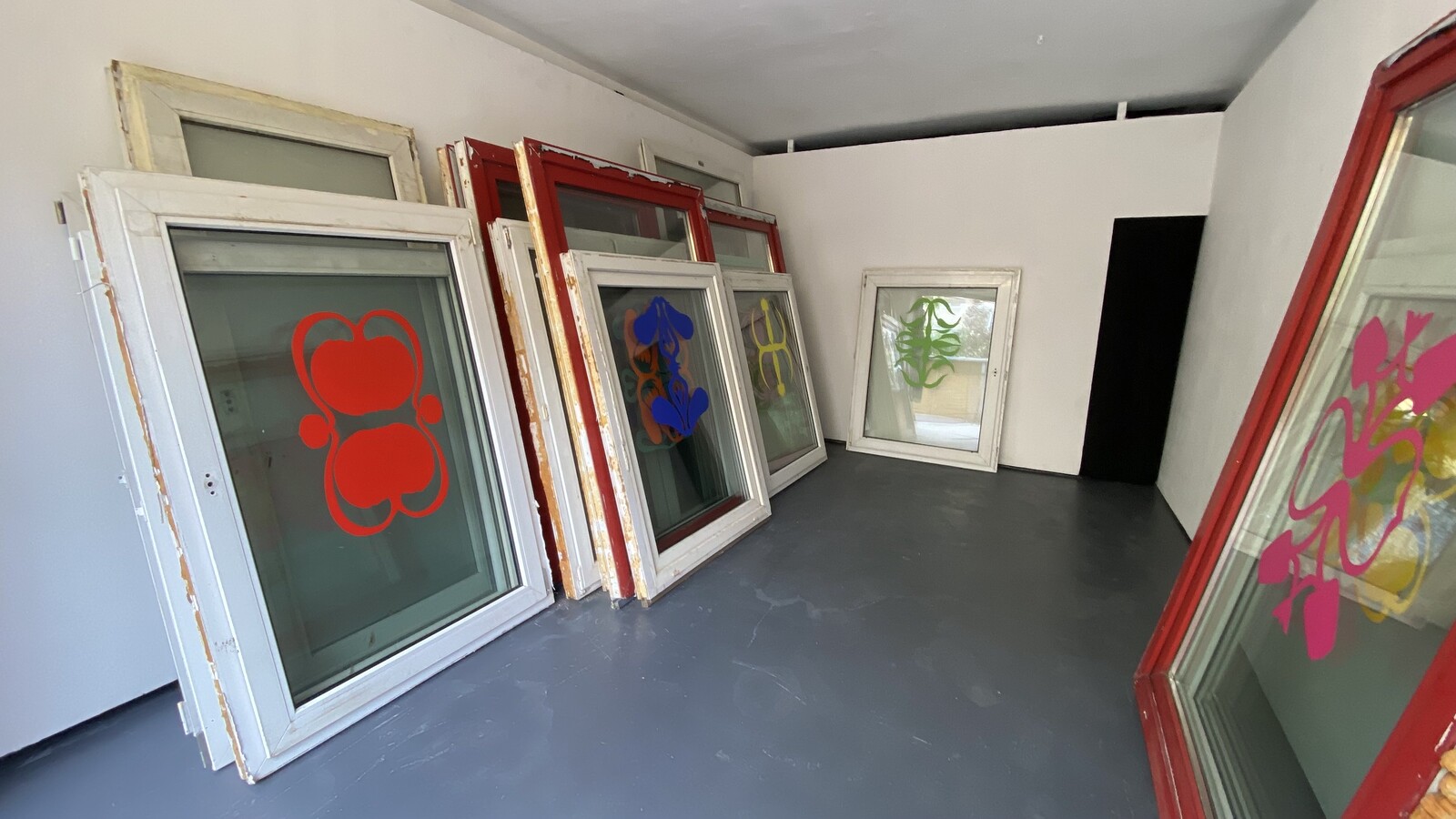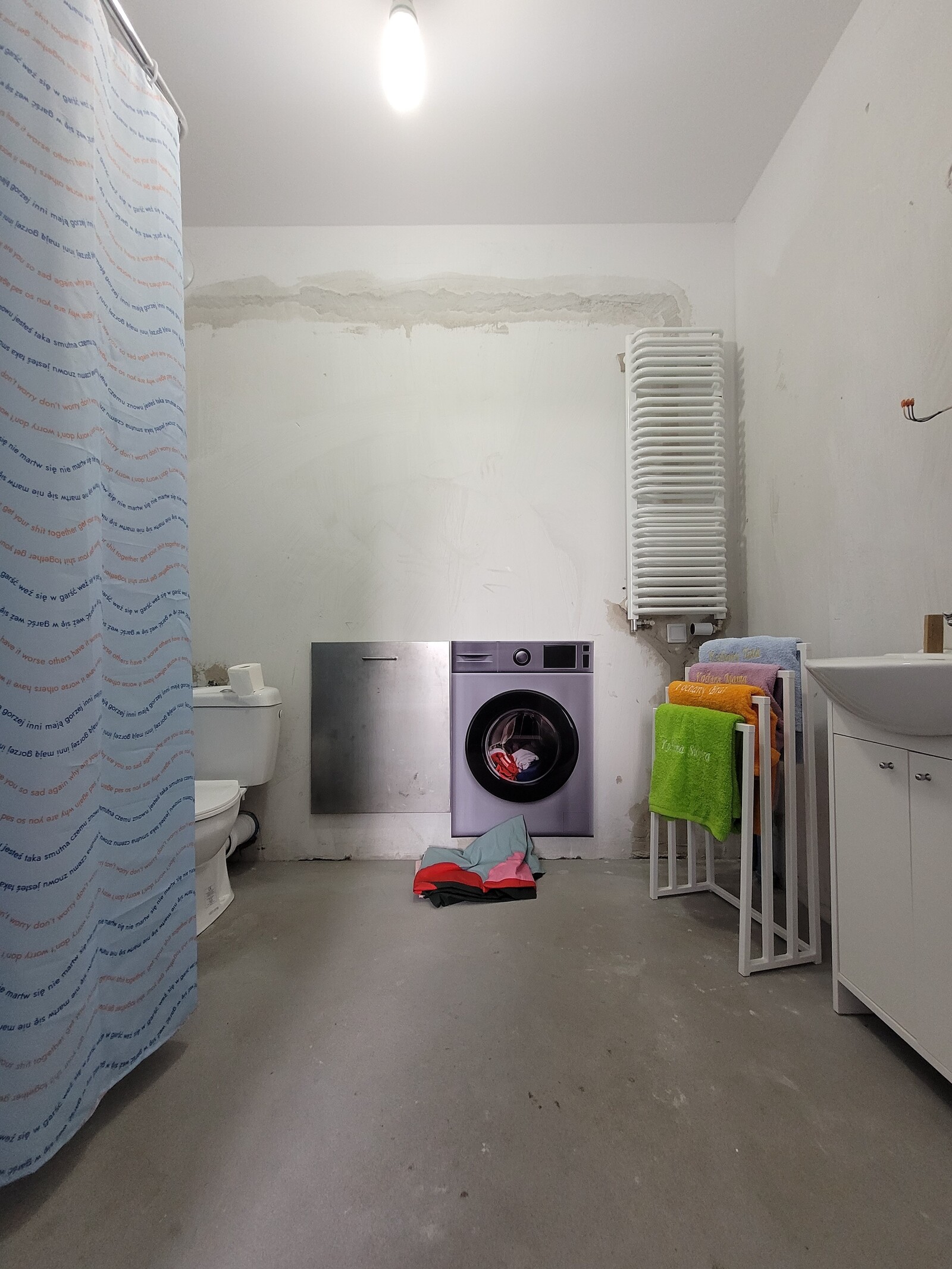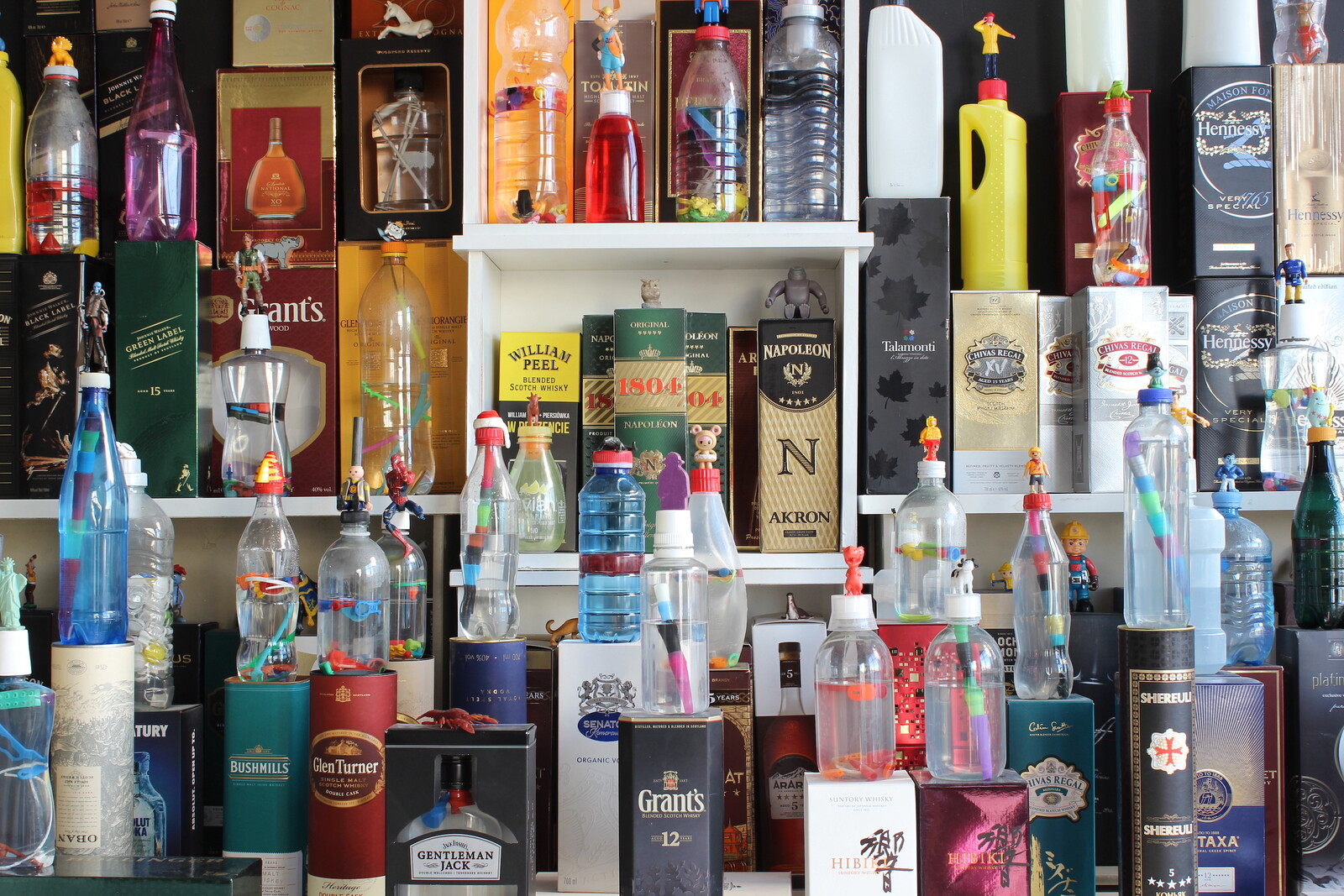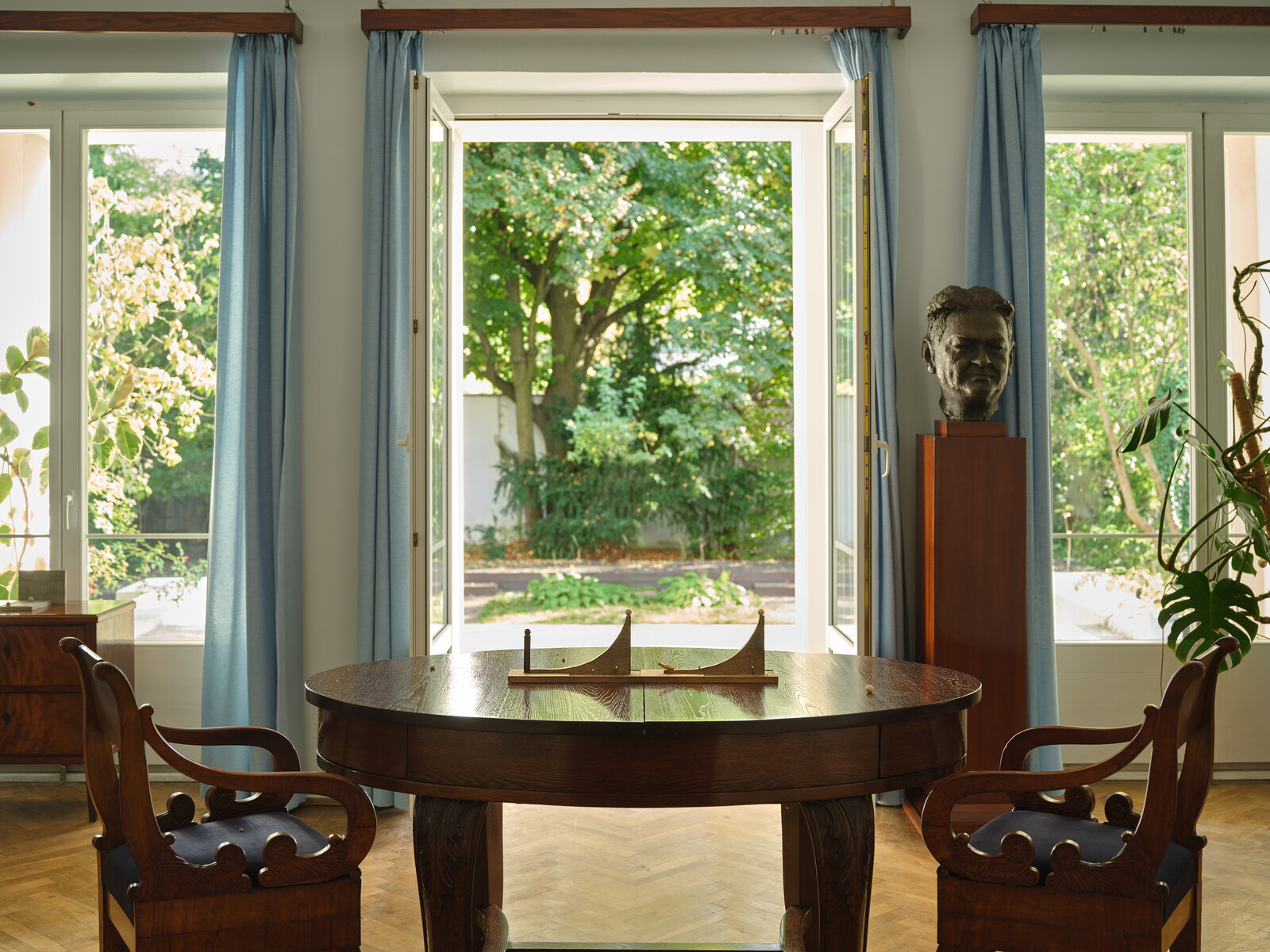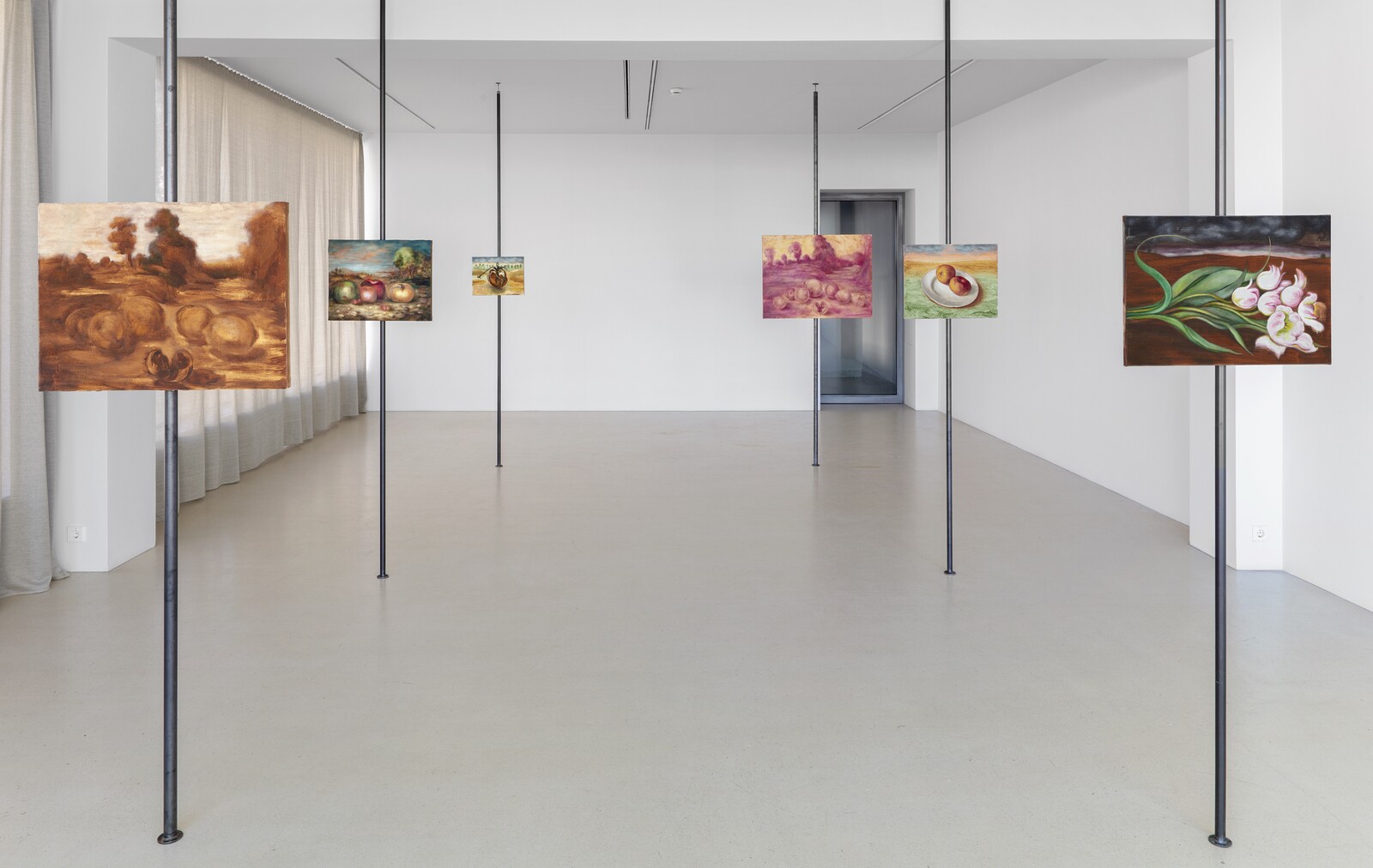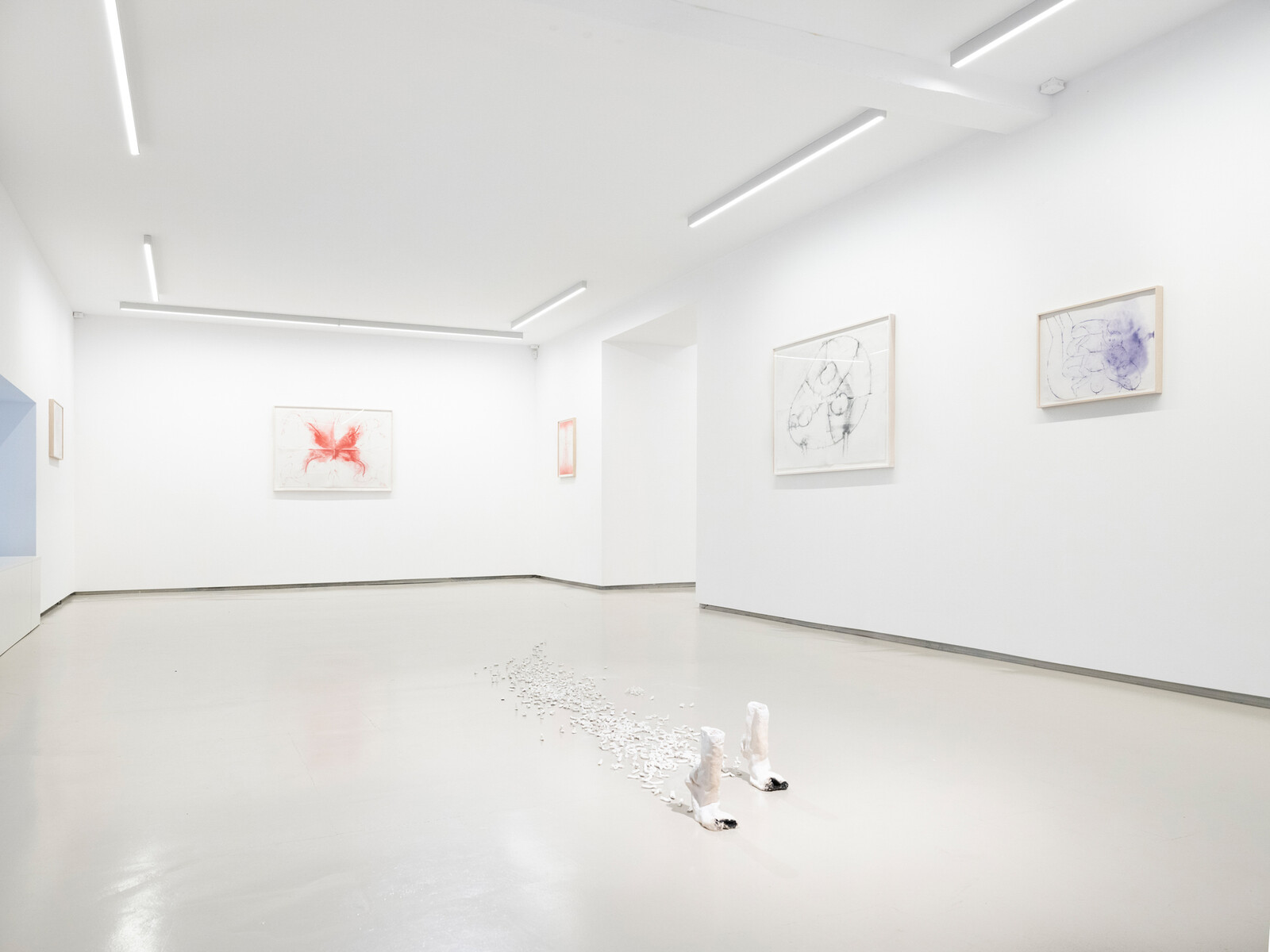Eight years of government by the right-wing Law and Justice party, which came to an end a year ago, severely damaged Poland’s cultural sector, not least by undermining the credibility of the capital’s art institutions. In these circumstances, the responsibility of safekeeping Warsaw’s reputation as a regional hub for contemporary art fell to its commercial galleries. In spite—or perhaps because of—the political and economic climate, recent years have also seen a growing number of non-commercial and artist-led initiatives in Warsaw, gathered together by the annual FRINGE Warszawa. Coordinated by members of the independent art community, its third edition platformed more than eighty spaces, complementing the more than 100 openings taking place as part of the simultaneous gallery weekend.
In contrast to the gallery weekend, the venues of which are concentrated around the city center, FRINGE sprawled across Warsaw. Visitors were invited to scout the Vistula riverbank for Karolina Majewska’s “Holy Trees” (2021–ongoing), a series of beeswax body parts attached to tree trunks, and venture to the Kowalscy confectionery, where Kacper Tomaszewski and Mateusz Włodarek’s exhibition “Through the Stomach to the Heart” celebrated friendship and sweets. The curators playfully paired the works with offerings from the city’s traditional pastry shop, giving equal status to the artistic and the artisan. But the appeal of FRINGE extended beyond the thrill of venturing off the beaten track. Inne Towarzystwo’s “APARTMENT”, a captivating group show tapping into themes of hospitality and mistrust, and Daniel Malone’s “The Misery Loves CO,” a tongue-in-cheek retrospective (curated by the artist) of a practice that gleans the spoils of late capitalism and repurposes them as works of art, could have fitted comfortably into an institutional program.
A garage in the district of Ochota, Stroboskop hosted a compact yet multifaceted show by curators Oleksandra Pogrebnyak and Katie Zazenski. “How are you living? How are you thriving?” featured a moving contribution, inspired by Ukrainian folk tales and craft traditions, by Tamara Turliun. A series of paper cutouts, inspired by the vegetal protagonists of the eponymous children’s song, were stuck to the glass of reclaimed windows, collected by architectural collective BRDA Foundation from private and business donors and stacked along the walls of the space. These will be soon shipped to Ukraine to assist in the repair of houses and buildings damaged in Russian attacks.
Since its foundation in 2011, Warsaw Gallery Weekend has focused on solo presentations, and its latest edition saw a number of ambitious creative leaps. With the first reforms to the art sector introduced by Minister of Culture and National Heritage Hanna Wróblewska bringing change to the art scene, several artists have turned their attention towards the past to evaluate what’s lost and what can—or should—be saved. A case in point is Piotr Uklański’s “Les Fleurs du Mal” at Foksal Gallery Foundation, where the artist recreated still-life paintings indexed in an official state document of items looted by the Nazis during the occupation of Poland, using only its terse text descriptions.
Wschód’s Kenji Ide addressed the past in a more intimate way, scattering his scrupulous wooden sculptures around the recesses of the villa in which the poet Władysław Broniewski spent his last years (now converted into a museum). Ide’s uncanny architectural capriccios fit the antique furnishings and make the house feel inhabited. Róża Litwa followed a similarly lyrical approach in “Snail Trail” at MONOPOL gallery. Litwa uses diluted oil paint on paper to devise a series of watercolor-like compositions and contrasts them with ceramic sculptures, showing human limbs collapsing into abstraction. A snail and a spine—recurring motifs in Litwa’s new body of work—become allegories for what’s firm and what’s flexible, what can be adjusted and what will remain the same.
Each balancing the other, FRINGE and Warsaw Gallery Weekend offer a uniquely contextualized view of the city’s art landscape in 2024. With Warsaw’s public institutions still in flux after the dismissal of directors who were appointed by the previous government because they were understood to be sympathetic to its right-wing agenda, the two festivals continue to provide important space for the city’s progressive artists. With the long-awaited opening of the Museum of Modern Art, and new directors at Zachęta National Gallery and Ujazdowski Castle Centre for Contemporary Art, the picture looks much healthier. The task now is to forge new links between the institutional, commercial, and independent art worlds in order to ensure the recovery and stability of Warsaw’s cultural ecosystem. With trust and a sense of common purpose, it is possible to conceive that the city might yet serve as a cultural bulwark against the rise of the right in Central and Eastern Europe.

